Wisconsin debacle spurs new calls to prepare for fall elections amid ongoing coronavirus pandemic
WASHINGTON — Images of Wisconsin voters standing in long lines, some for hours, to vote in Tuesday’s primary despite the ongoing coronavirus pandemic prompted renewed calls by national Democrats to begin preparing now for the presidential election in the fall.
House Speaker Nancy Pelosi said that she will push in the next phase of emergency relief spending for “more resources for vote by mail, more same-day registration, more states sending ballots to those who are qualified to vote.”
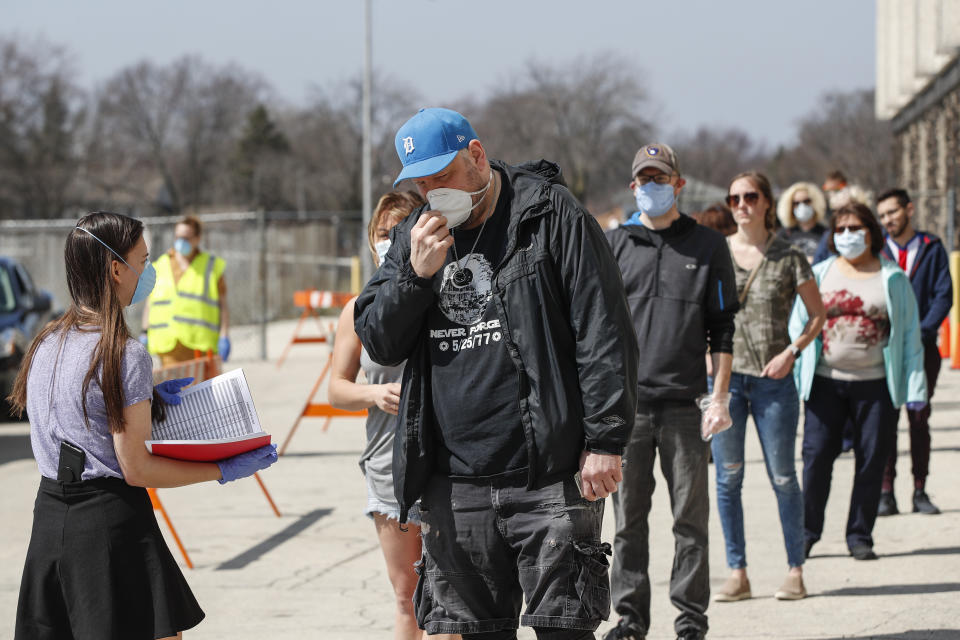
The $400 million for state elections officials included in the most recent relief package is “20 percent of what we actually need,” Pelosi said on CNN Tuesday.
Sen. Ron Wyden, D-Ore., told Yahoo News that “what is happening in Wisconsin today is an outrage.”
“I’m making the case to Republicans that no matter what party you choose, it is totally unacceptable to force mothers of infants or seniors to risk their health just to cast a ballot,” Wyden said in a statement.
“Mail-in ballots are the safe option for voters. The alternative is the chaos we saw today,” he added.
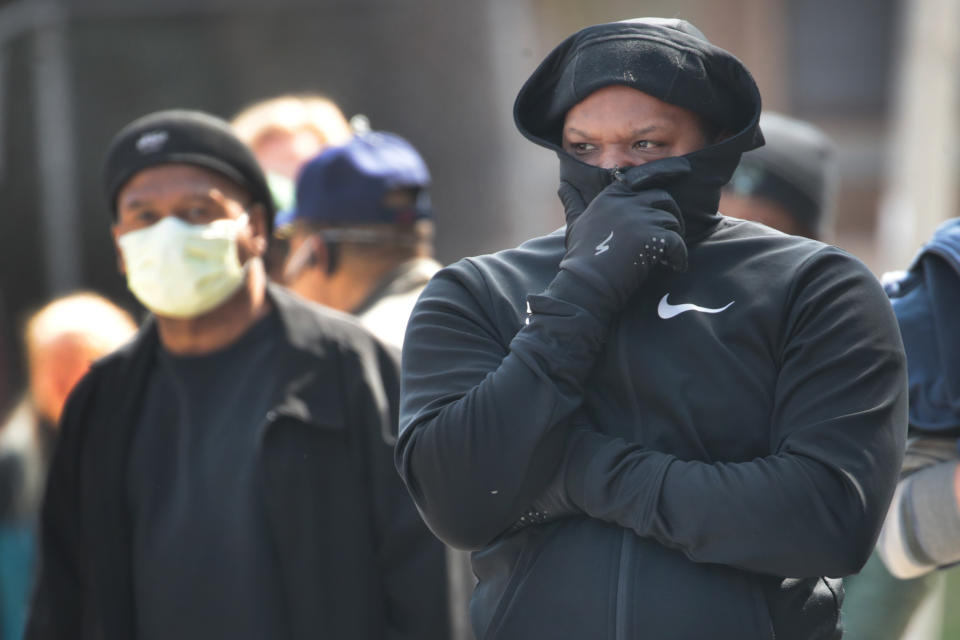
But multiple Republican Senate aides on Capitol Hill said that planning for the fall election is not on their radar right now, because their priority is dealing with more immediate concerns such as alleviating the economic impact of the virus and helping protect health care workers.
One Republican Senate aide allowed that the scenes in Wisconsin — where roughly 7,000 poll workers refused to show up, requiring the presence of non-uniformed National Guard members to serve in their place — might spark more conversation in the GOP about how to plan for the fall election, if a second wave of coronavirus infections spreads across the country. Another said more federal funding for state elections officials is likely.
However, President Trump and Republican leaders have shown outright hostility to increasing vote-by-mail capacity.
Trump has echoed a right-wing talking point that increasing mail-in voting would lead to fraud. “I think a lot of people cheat with mail-in voting,” Trump said on Friday. “I think people should vote with voter ID. I think voter ID is very important, and the reason they don’t want voter ID is because they tend to cheat.”
Trump’s comment overlooked the fact that in Wisconsin, absentee ballots are required to include a photocopy of a person’s identification card, and there has been no evidence of wide-scale or organized fraud involving mail-in votes.
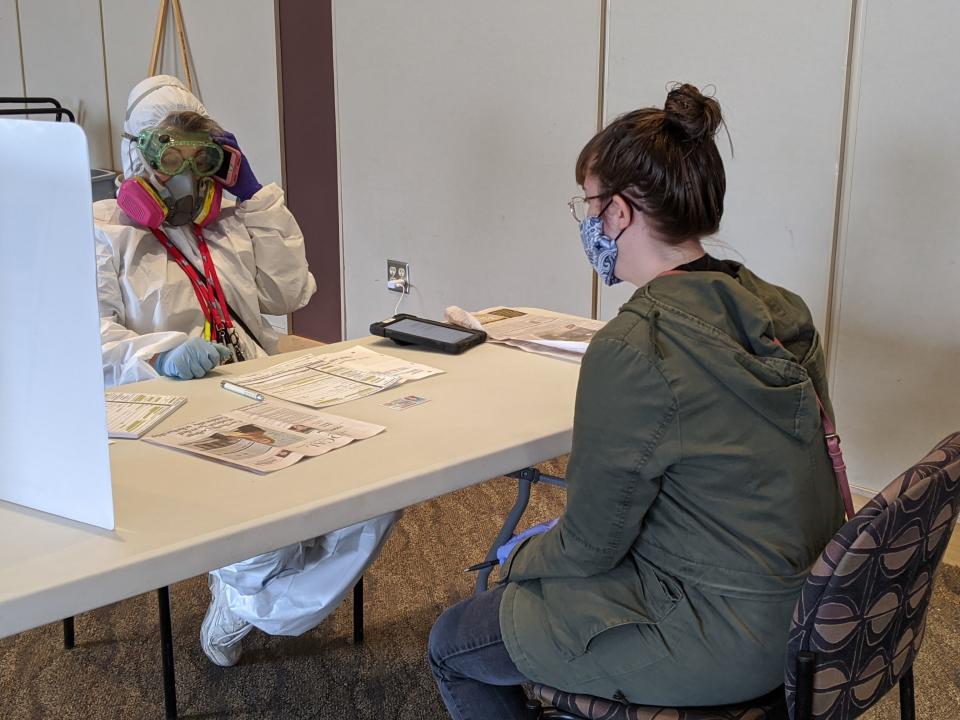
Trump repeated this sentiment on Tuesday. “The mail ballots are corrupt, in my opinion,” said Trump, even though he requested a mail-in ballot for himself in last month’s Florida primary.
Trump advisers have expressed interest in sending a mail-in ballot to every voter over 65 but have opposed sending mail-in ballots to all voters. White voters over 65 are a reliable Republican voting bloc.
The Republican National Committee on Tuesday said that “Democrats are attempting to use the coronavirus pandemic to achieve their far-left electioneering goals.”
In Wisconsin, Democratic Gov. Tony Evers supported moving forward with the election for some time, but then changed course over the past week and called on the Republican Legislature to postpone the election and move to an all-mail-in primary. Republicans refused, and when Evers pushed the election back Monday by executive order, he was overruled by the state Supreme Court, which is dominated by conservative-leaning judges.
Yet it’s not clear that mail-in voting would give Democrats any kind of political advantage, despite the claim by Trump that expanding the number of people voting would make it harder for Republicans to win elections. Trump said that if voter participation were increased to levels that Democrats are pushing for, “you’d never have a Republican elected in this country again.”
But in Maryland, where a Republican governor is considering holding the state’s June 2 primary with only mail-in ballots, Democratic leaders in the state Legislature have pleaded with him to retain in-person voting. “Minority voters are less likely to vote by mail, and ... transient and low-income populations are less likely to participate or even receive ballots,” the Democratic leaders said in a letter.
In Wisconsin, Republican-leaning counties like Washington and Waukesha had higher rates of returned absentee ballots, at 80 percent and 76 percent, than did the largest Democratic-leaning counties Milwaukee and Dane, which returned mail-in ballots at rates of 61 percent and 68 percent, respectively.
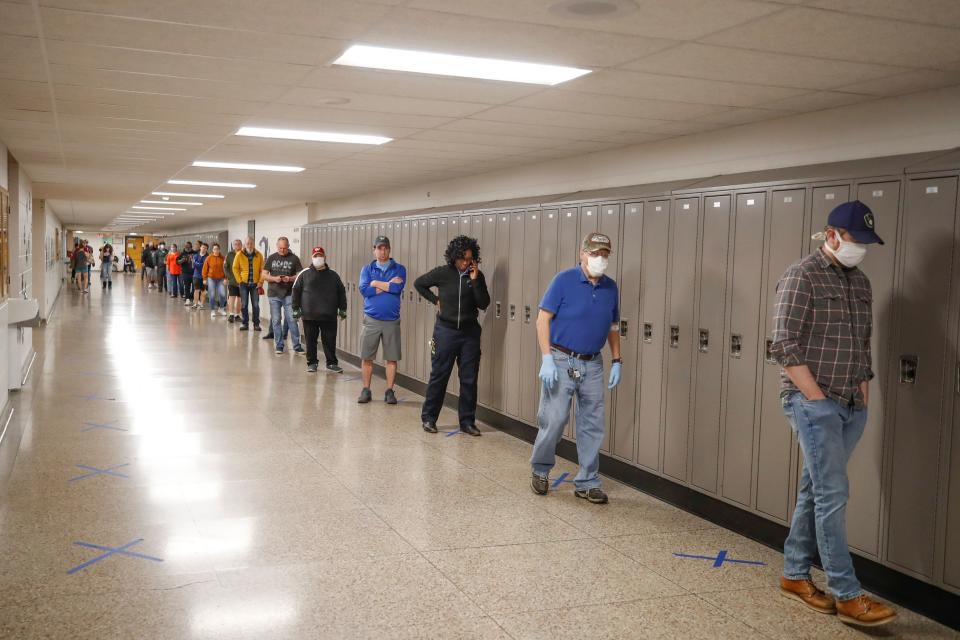
“You need to keep in-person voting options available,” Megan Lewis, co-founder of Voting Rights Lab, told Yahoo News. Lewis, who is also executive director of the voting rights group, said that mail-in voting is not ideal for multiple groups: rural voters, Native Americans, non-English speakers, disabled voters and racial minority groups who have an instinctive distrust of the postal system and often organize voting around church service.
Myrna Perez, director of voting rights at the Brennan Center for Justice at New York University, said that the best approach to a fall election that takes place in the midst of a pandemic would be to expand access to voting by mail while also increasing polling places in some locations to reduce lines, waits and large gatherings.
Perez said that Republicans would have to be part of the solution.
“The big message is that we need politicians on both sides of the aisle to come together and make sure elections administrators have the resources they need to conduct safe and healthful elections,” Perez told Yahoo News in an interview. “We need a lot of options available to make sure voters are capable of casting a ballot without putting themselves at risk.”
Perez also said that elections reforms made during an emergency need not be viewed as permanent.
Modifying how the election is conducted “doesn’t mean that it is etched in stone forever. It can be revisited,” she said. “That is something we should be doing anyway. Our electoral systems should be dynamic.
“We can design a system that strikes a balance between giving voters the access they need and keeping our elections secure,” Perez said. “And the desire and need to do both is something that I think all political angles could agree on.”
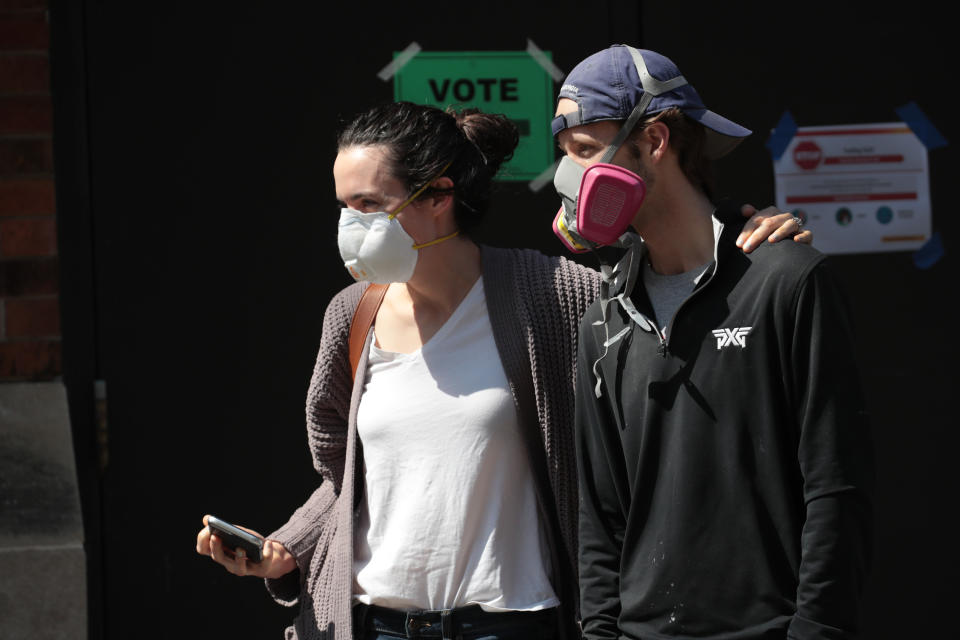
_____
Click here for the latest coronavirus news and updates. According to experts, people over 60 and those who are immunocompromised continue to be the most at risk. If you have questions, please reference the CDC and WHO’s resource guides.
Read more:



